It is one thing to be transparent about one’s environmental impacts, mistakes, and successes. It is yet another to set a commitment to doing better and saying one will implement new sustainable measures. The biggest thing of all to combine these two things and act now. We need to see real-time action from universities in their policies and plans on campuses.
How can universities ACT on their commitment?
DIVESTING FROM FOSSIL FUELS
Harvard University, one of the United States' leading universities, just announced their decision to divest from fossil fuels.
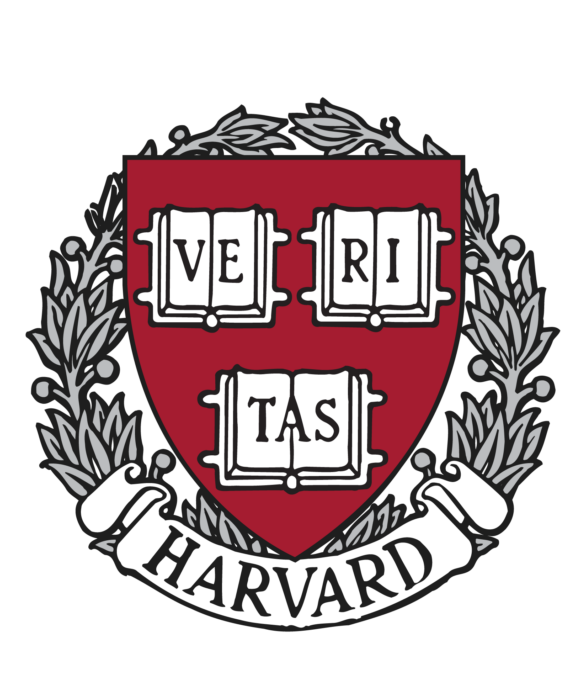
OTHER UNIVERSITIES WHO DIVESTED




COMMIT TO NET ZERO EMISSIONS
Brown University has committed to reducing 75% of emissions by 2025 and reaching Net Zero by 2040.
1. They have created the Transition to Renewable Energy for Electricity and Longer-Term Sustainability Study Committee to determine how best to achieve sustainability that will last for decades to come.
2. Knowing that Net Zero also applies to investment in fossil fuels, Brown launched the Climate Change and Business and Investment Practices Task Force.
3. They created a final committee: Brown’s Committee on Indirect Greenhouse Gas Emissions. BCIGGE serves to assess the indirect effects of Brown’s purchasing decisions.

SWITCH TO RENEWABLE ENERGY

TOP UNIVERSITY SUCCESS STORIES

Georgetown University
Washington, D.C., USA
130% of energy needs generated through on-campus renewable energy sources

Hobart and William Smith Colleges
New York, USA
125% of energy needs generated through on-campus renewable energy sources
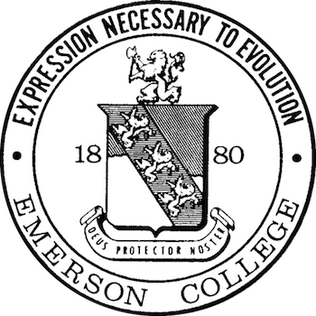
Emerson College
Massachusetts, USA
123% of energy needs generated through on-campus renewable energy sources
ENVIRONMENTAL CURRICULUM FOR ALL
A course on sustainability, either existing or to be created, needs to be implemented in the General Education curriculum at universities across the world. Multiple courses must be offered to meet this requirement, and they must include content that addresses the interconnected play between the following factors: climate change, sustainability, social change, economic development, gender, science, and international relations.
Dickinson College requires all students to fulfill a Sustainability Requirement.

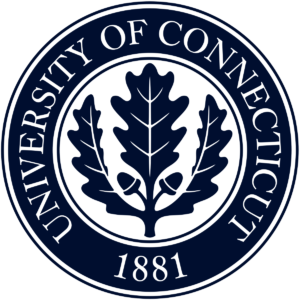
University of Connecticut also requires Undergraduates to meet a Sustainability Requirement.
California State University, Northridge offers sustainability courses for students to take to satisfy general education requirements.

DINING
Does your university have the following implemented in on-campus dining?

REUSABLE CONTAINERS
COMPOSTING

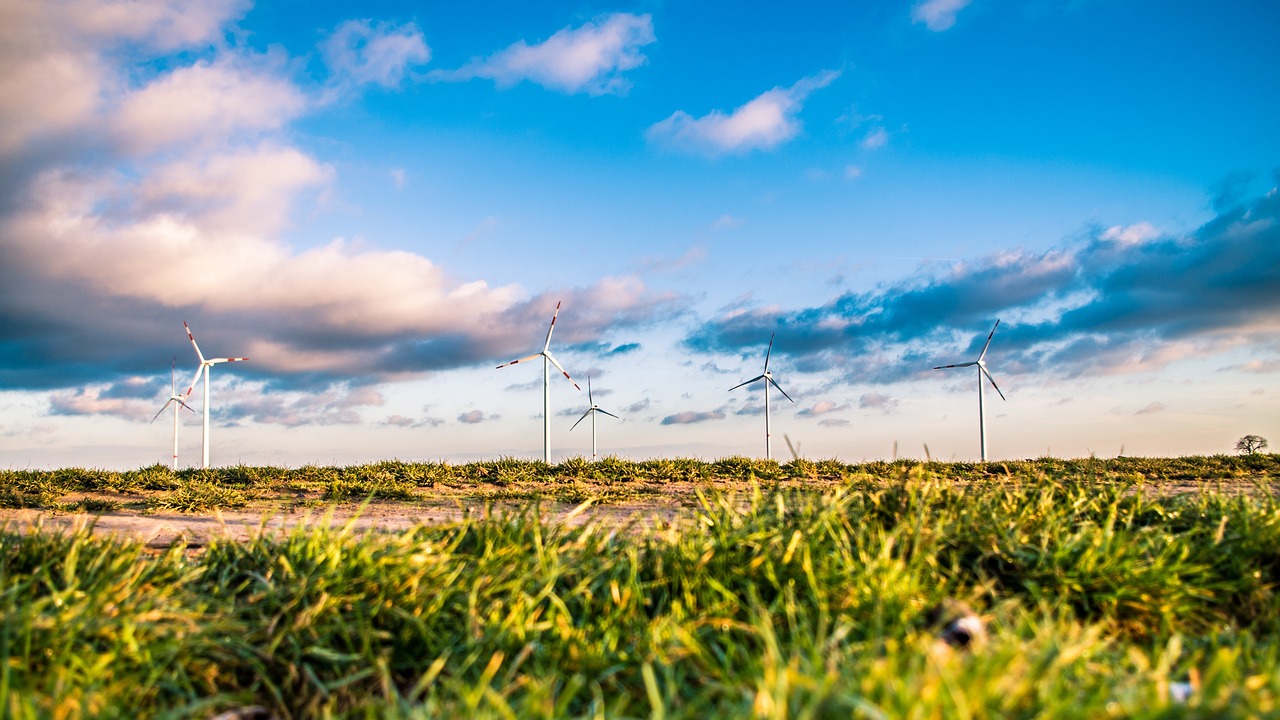
FOOD WASTE TO ENERGY
Cal Poly San Luis Obispo has one of two university anaerobic digesters in the country.
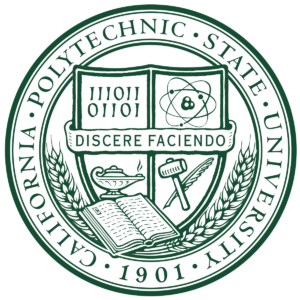

Colorado State University has established a Food Recovery Program to reduce food waste.
“Rams Against Hunger” includes an opt-in text program called Ram Food Recovery which notifies students, faculty, and staff when there is leftover food at any catered events on campus. Not only does this reduce food waste, but it also aids those in the community that are experiencing food insecurity.
HOUSING
Does your university have the following in its on-campus housing?

- Motion-activated lights in every hallway and bathroom
- Composting bins available to every student
- Recycling bins
-
- In every dorm room/apartment
- On every floor
- In every community center
- In every outdoor space
- Next to every dumpster?
-
- Water bottle refill stations
-
- On every floor
- In every community center
-
What does it take for an event to be sustainable?
- Transportation: carpool/virtual options,carbon offsets
- Catering: local, fair-trade, vegan/vegetarian, compostable silver/diningware
- Energy efficiency (e.g., equipment and lighting)
- Waste minimization and diversion

OFFER FULL DEGREE PROGRAMS IN SUSTAINABILITY
California State University, Northridge offers a Masters in Sustainability.


Maharishi International University offers undergraduate and graduate programs in Sustainability.
TRUE EMISSIONS REDUCTIONS
University of California, San Diego pushes for decarbonization

UC system demands a new policy
@UniversityClimateAmbassadors
@UniversityClimateAmbassadors
501c3 Tax Deductible